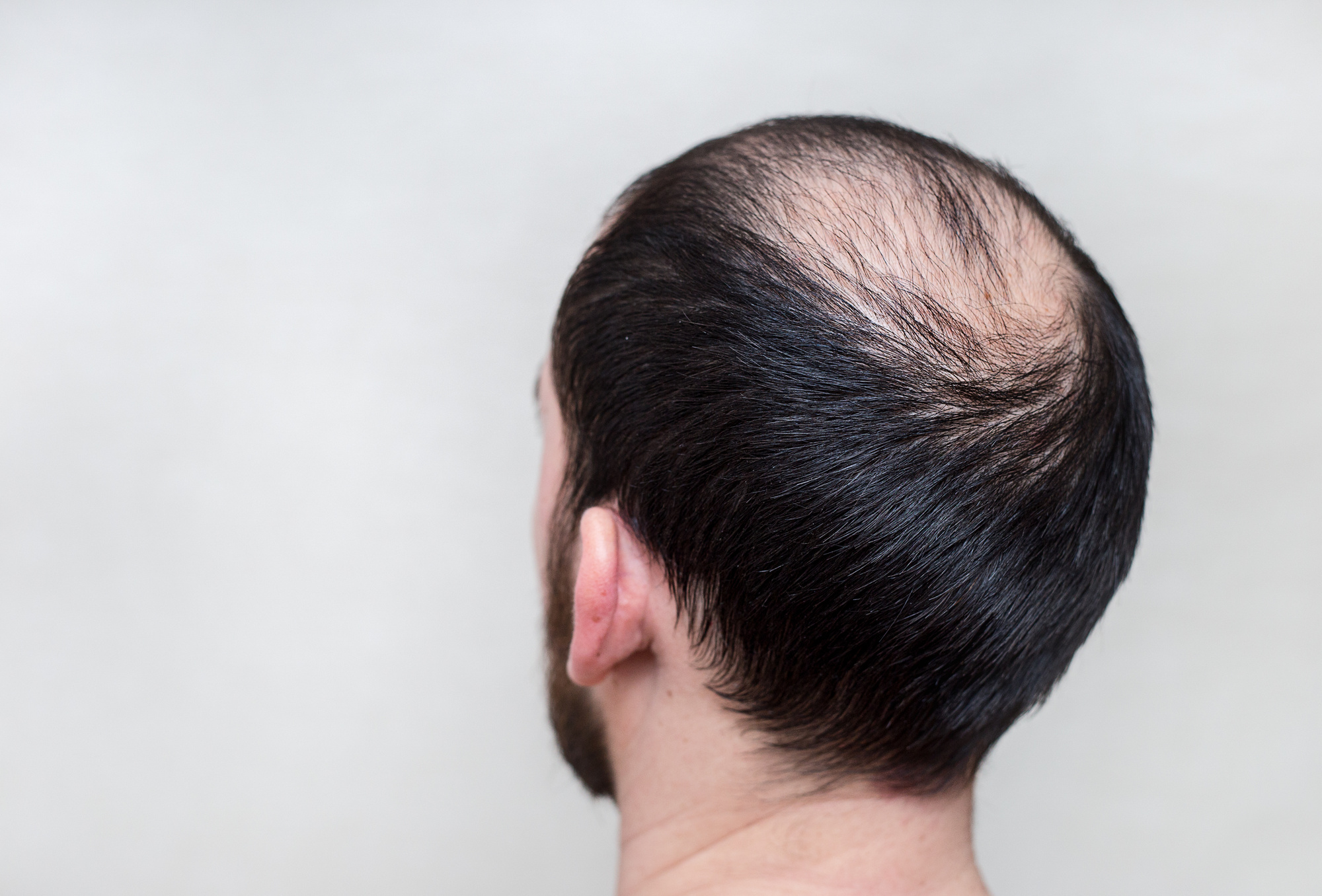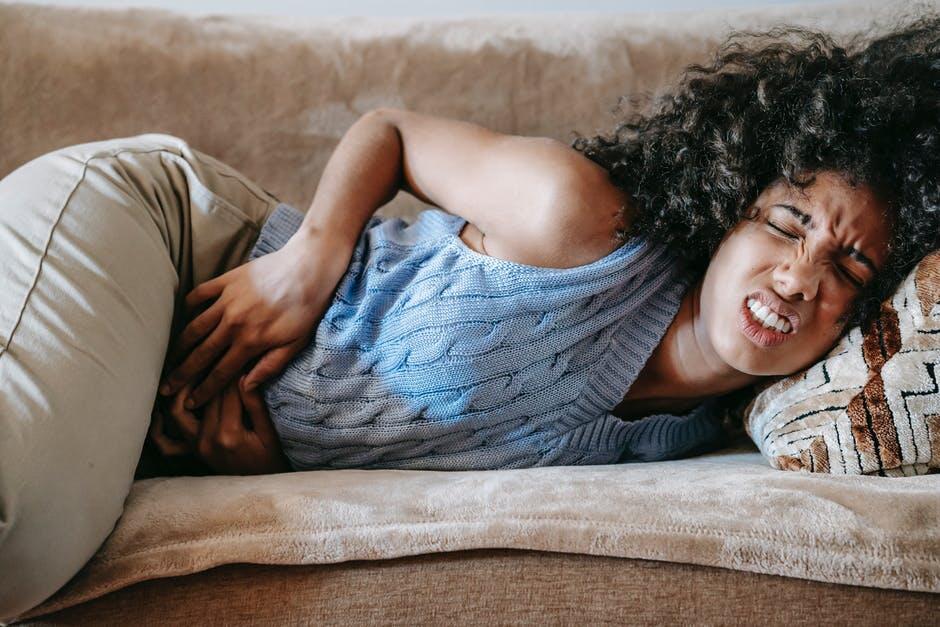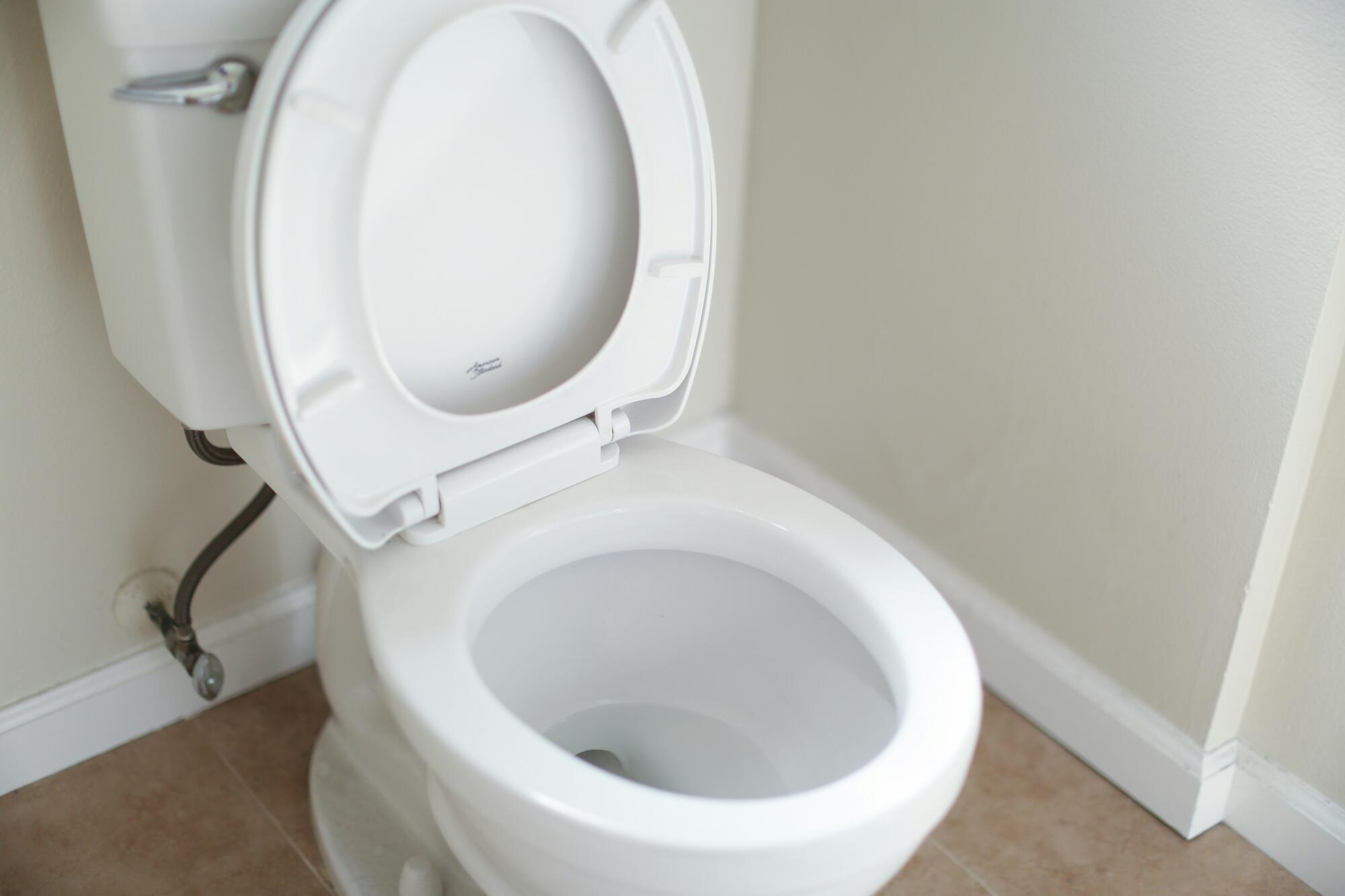
The Top Hair Loss Causes and How to Prevent Them

Extra hairs falling around the house, alarming clumps in your hairbrush, noticeably thinning hair or receding hairlines…these are all things that nobody hopes to see. Unfortunately, though, they’re more common than you think.
By age 35, around 2/3 of men will struggle with hair loss. While it’s less common, hair loss in women is also a regular issue, too.
Many of us have felt the symptoms firsthand, but what are the common hair loss causes? Insight into these issues could mean preventing further hair loss, or even restoring what’s already been lost.
Read on to learn more about the top hair loss causes and what you can do to prevent them.
When is Hair Loss a Problem?
Losing around 50-100 individual hairs from your scalp is normal. However, if you’re losing more than that, it could mean that you are experiencing one (or more) common hair loss causes.
For some perspective, consider what you are typically used to losing. If you are finding more hairs in your brush, sink, or other places, it could be a sign that you need to do something about it. Also, if you are starting to notice that your hair is thinning or balding in spots, then that points to a problem, too.
Common Hair Loss Causes
There are a number of common hair loss causes that can lead to thinning hair, patchy baldness, receding hairlines, or even total baldness. Some of these are genetic, while some come from traumatic experiences or illness.
Androgenetic Alopecia
Usually known by the layman’s moniker of “male pattern baldness,” androgenetic alopecia is the most common of the hair loss causes. This is typically characterized by a receding hairline as well as thinning of the hair on the top of the head.
Unfortunately, male pattern baldness can begin at any age; in fact, some men even experience it as early as in their teens. The cause is usually a combination of genetics, age, and hormone levels.
Despite the name, this condition can also lead to hair loss in women, too. When this is the case, it’s referred to as “female pattern baldness.” Women who experience this type of hair loss will typically lose hair around the crown or top of the head without the receding hairline.
Telogen Effluvium
Telogen effluvium is one of the hair loss causes that happens when an individual experiences unusual stress. This is usually from a major illness, surgery, or serious infection. It also commonly causes hair loss in women following childbirth.
This condition causes noticeable clumps of hair falling out at once, often leaving clumps on pillows or in airbrushes. Usually, it leads to general thinning rather than large bald spots.
Tinea Capitis
Tinea capitis is a fungal infection that attacks the scalp, leaving patches of hair loss and flaky or scaly skin. It’s most commonly found in children, but can cause hair loss in women and men, too.
Alopecia Areata
Alopecia areata is one of the more devastating causes of hair loss, as it is triggered by an auto-immune condition that causes hair to fall out in patches. It may also lead to the total loss of all hair on the body in a condition called alopecia totalis.
Traumatic Alopecia
Traumatic alopecia occurs when hair is exposed to traumatic styling techniques (such as tight braids or cornrows), chemical treatments (bleaching, color, perming, etc.), and extreme heat followed by twisting the hair. Any of these damaging practices can cause the hair to fall out completely, leaving large bald spots.
Another one of the common hair loss causes associated with traumatic alopecia is called trichotillomania, a psychiatric condition in which the individual compulsively pulls out their hair.
How to Treat and Prevent Hair Loss
If your hair loss causes are treatable, you can often slow the process by tweaking your lifestyle or trying out certain medications. While there’s no perfect hair loss cure, you still have options.
Adjust Your Diet
Poor diet and lack of nutrition might be contributing to whatever hair loss causes you’re experiencing. By cleaning up your diet, you might be able to slow down the loss.
Be sure to get lots of protein and omega-3 fatty acids in your diet. You can also supplement these with vitamins such as collagen or biotin.
Treat Your Hair
If you attribute your hair loss causes to chemical treatments or heat, then it’s time to slow it down if you want to restore your hair. Avoid heat altogether and let your hair grow out naturally. You can supplement this with oil treatments such as coconut oil, castor oil, and avocado oil.
Consider a Hair Transplant
For those who have already lost a great deal of hair, transplants might be a good option. These involve taking hair from other regions of the body and transplanting it back on the head. Unfortunately, they aren’t always successful (and are often expensive) so proceed with caution.
Try Hair Loss Medications
If you’re suffering from one of the severe hair loss causes, there may be a medication out there that can help you out. Some of these require a doctor’s prescription, whereas others can be purchased without one.
If you’re experiencing “male pattern baldness” or “female” pattern baldness, then Rogaine is a tried-and-true treatment that’s been clinically proven to regrow hair. This works by enlarging hair follicles, allowing healthy hair to grow over time.
For more severe cases, a doctor can prescribe medications that work to reverse the causes of hair loss.
Here are some prescription hair loss medication brands to consider:
- Betamethasone
- Finasteride 1mg
- Folifast
- Propecia
- Proscar
- Tyza
Even without a total hair loss cure, you might be able to halt the process of hair loss and even restore what you’ve lost. It might require some experimenting, but many individuals are able to find something that works for them.
Start Combatting Hair Loss Now
If you’re losing hair at an alarming rate, don’t panic. Don’t go for the shaver just yet. By adjusting your lifestyle and working to treat common hair loss causes, you can combat hair loss before it becomes a huge issue.
Shop our selection of hair loss products to start fighting hair loss today.

